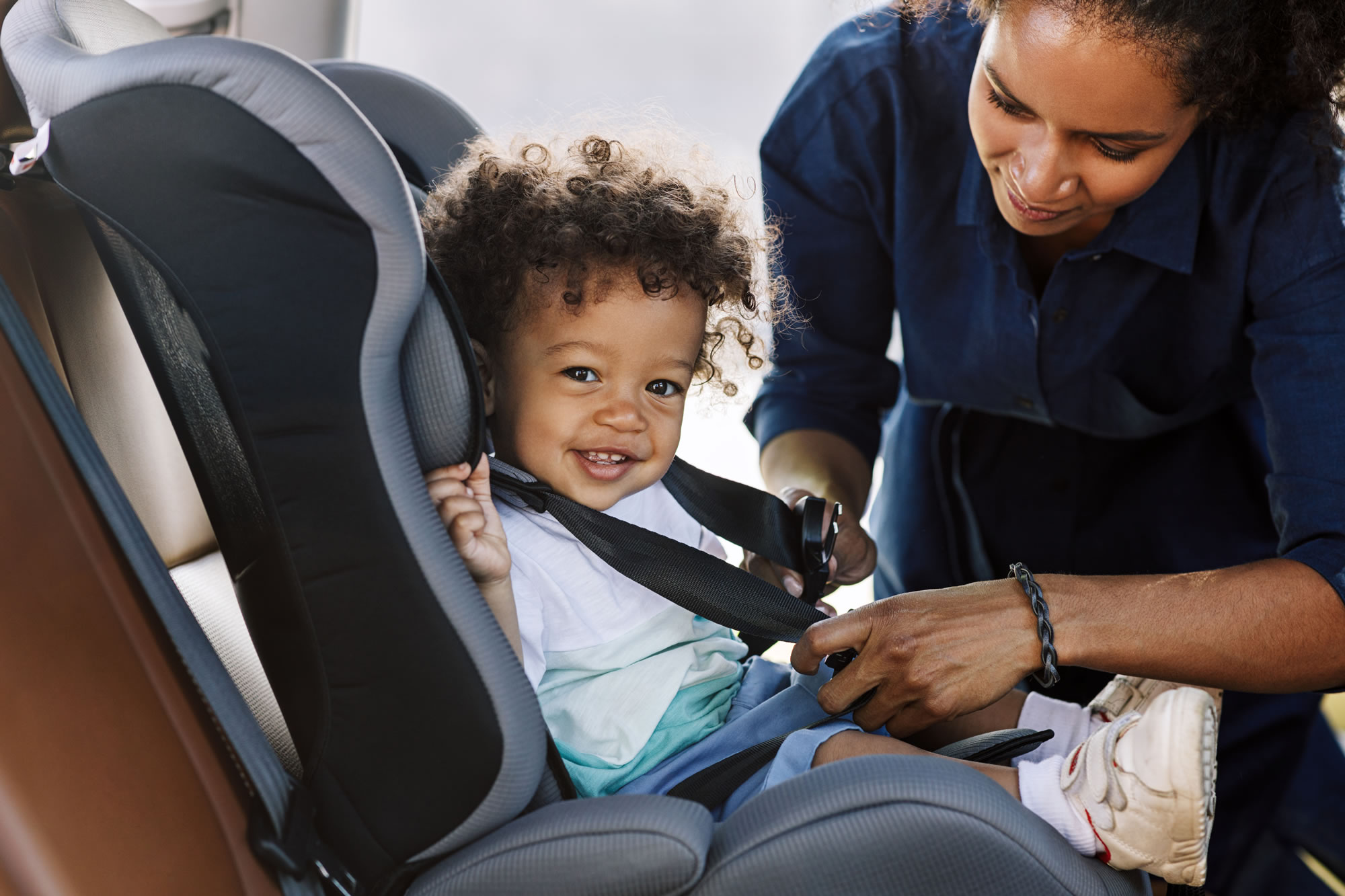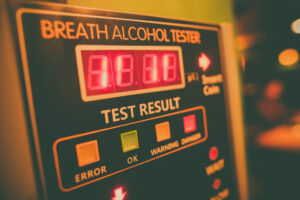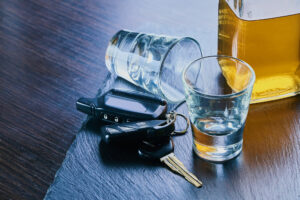Using the right car seat for your child is the law. More importantly, using the right car seat is critical to ensure maximum security for your child.
The Canadian Paediatric Society reports that every year more than 2500 children under the ages of five are injured or killed in car accidents across the country. What’s worse is that many of these injuries and deaths are caused by the misuse or complete lack of a child safety seat.
In British Columbia, there are four stages of car seat use for infants and children that parents must follow:
- Newborns and infants must use a rear-facing car seat until they are one year old and weigh a minimum of 9 kg (20 lbs). Keep in mind that there is no rush to move them to the next stage. Even young toddlers are safer in rear-facing positions so long as they don’t exceed the car seat manufacturer’s weight limit.
- Babies and toddlers over one year and weighing between 9 kg and 18 kg (20 lbs and 40 lbs) must use a forward-facing car seat.
- Children under the age of ten must use a booster seat if they weigh more than 18 kg (40 lbs) and are less than 145 cm (4’9″). Children in booster seats must be secured with both a lap and shoulder seat belt.
- Children older than nine can be strapped regularly into the car without the use of a booster seat. They must also remain seated in the back seat of the car until the age of thirteen.
All car seats must be installed and used according to manufacturer and vehicle instructions. Also note that car seats purchased outside of Canada are not necessarily approved for use in BC.







